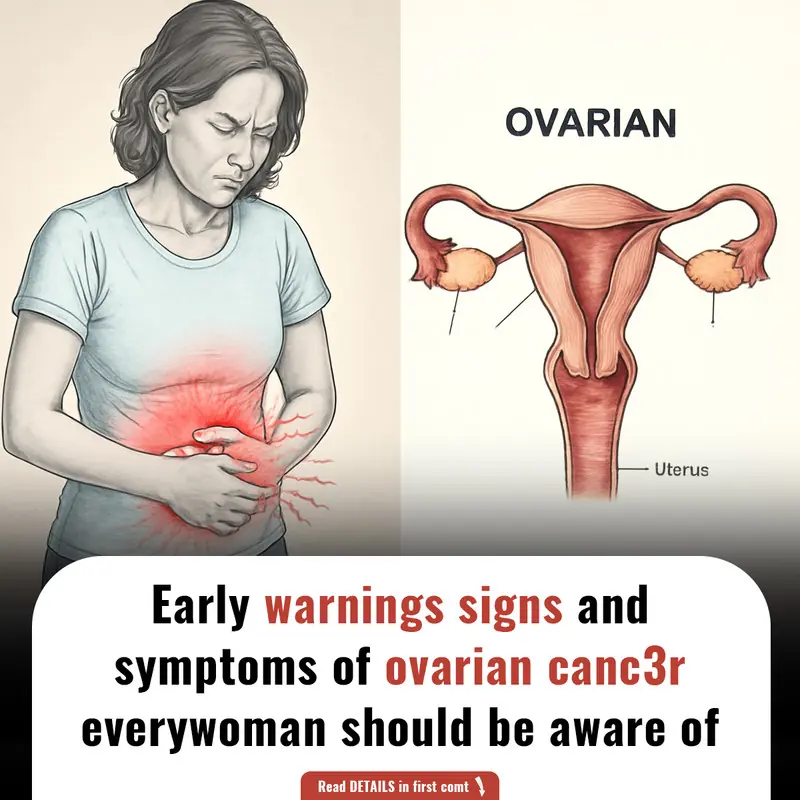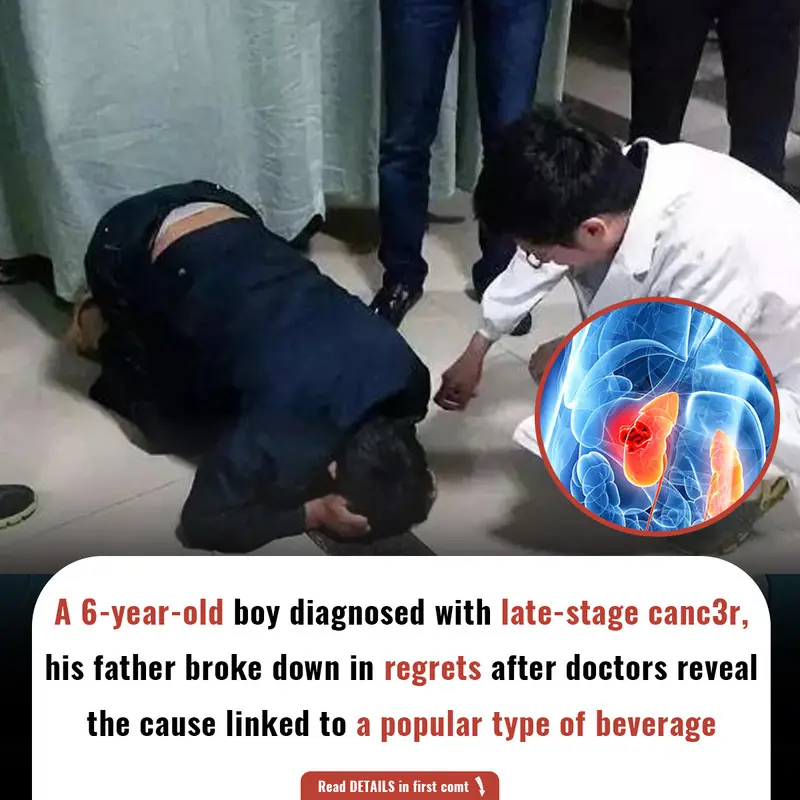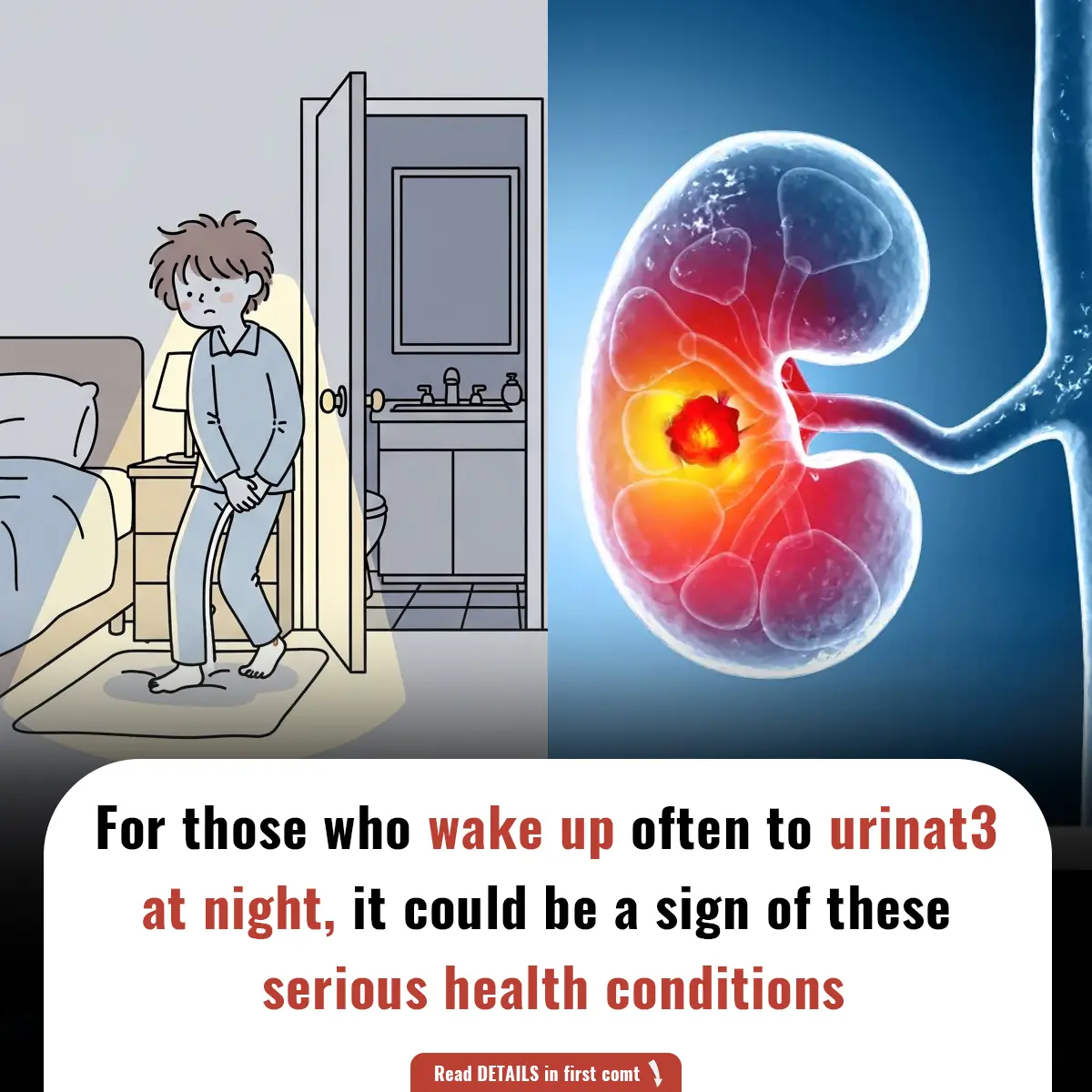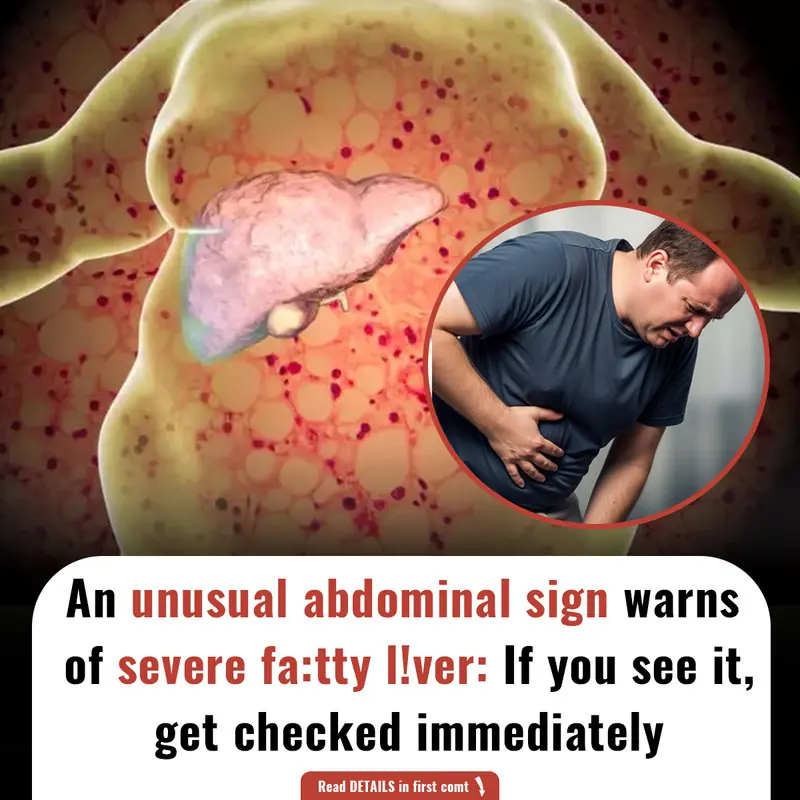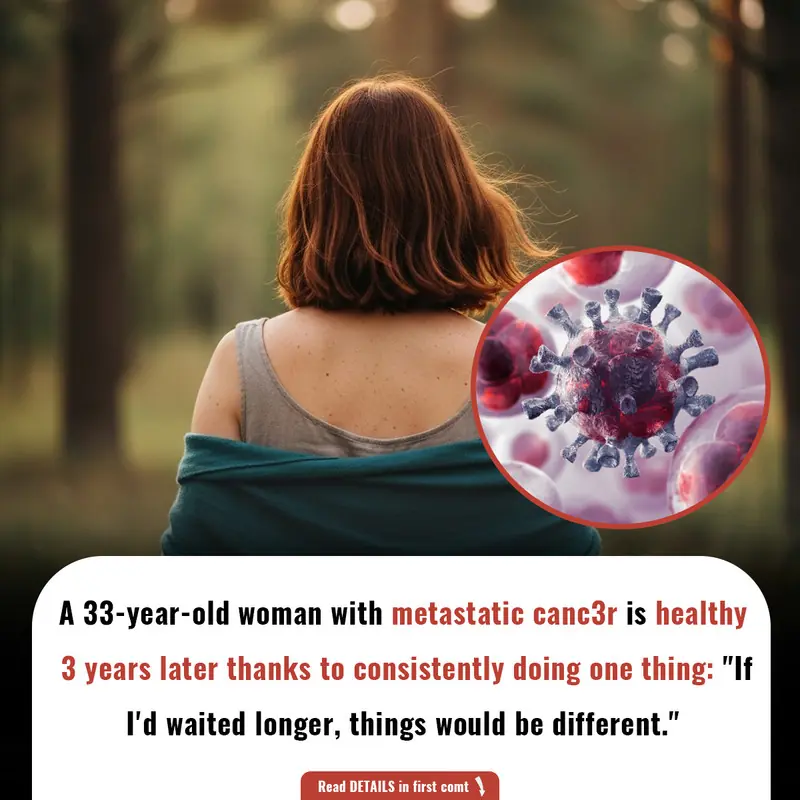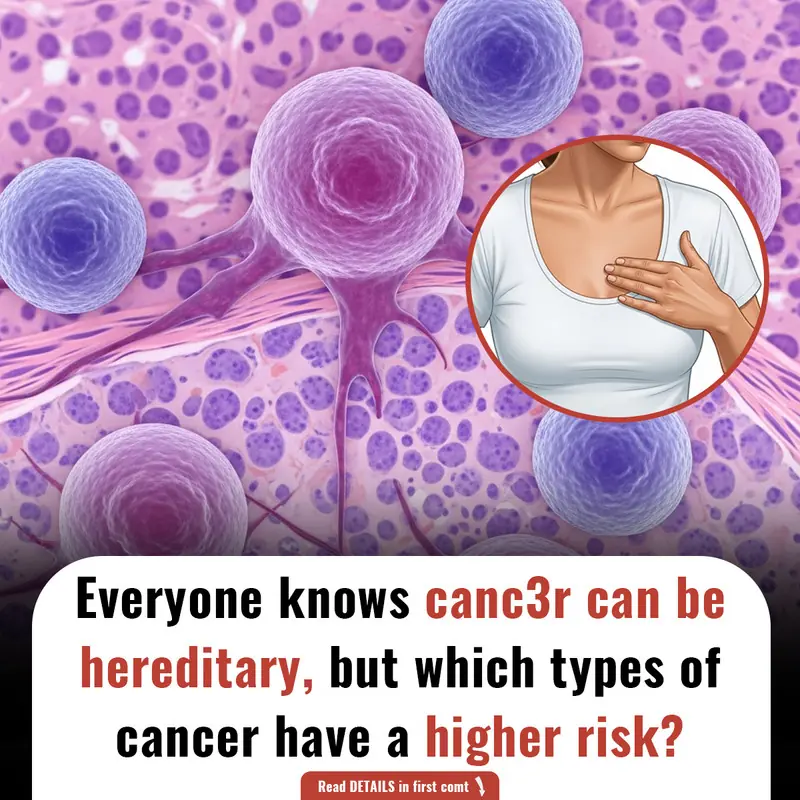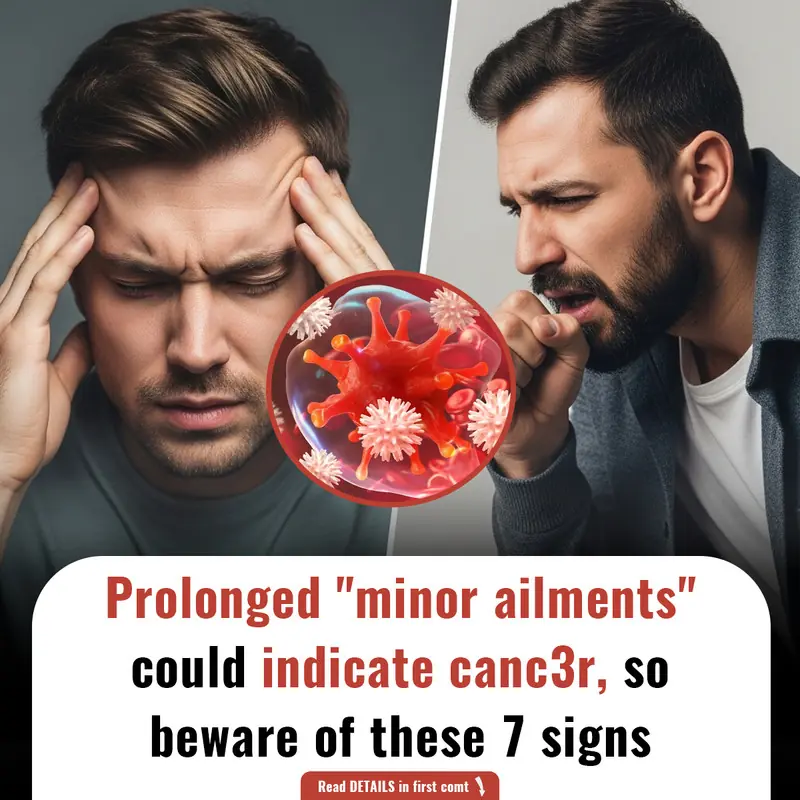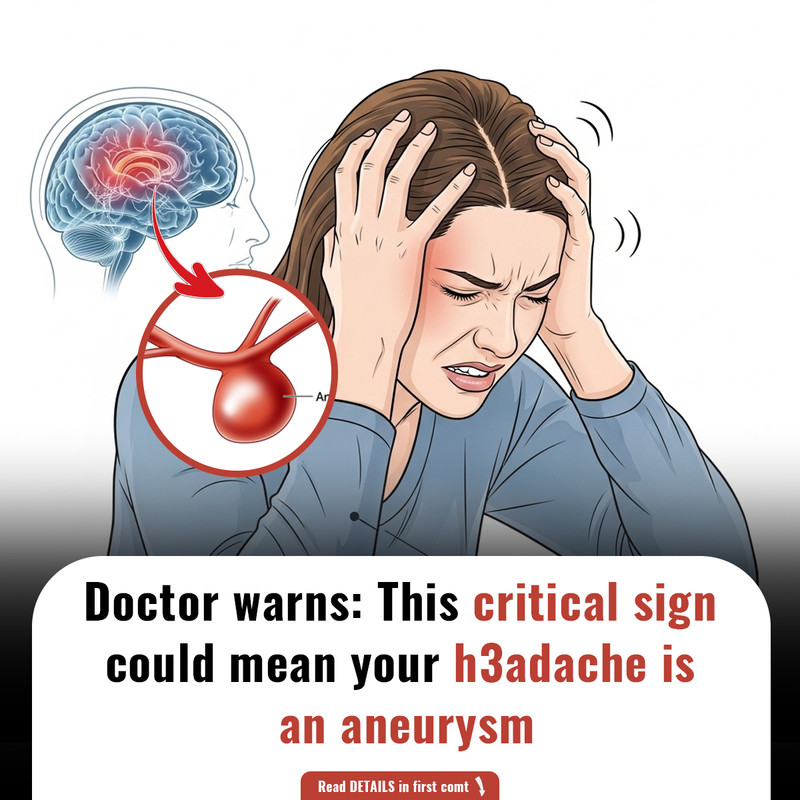
Headaches are a common ailment experienced by millions worldwide, often dismissed as minor or stress-related issues. However, medical professionals warn that certain headache symptoms should never be ignored, as they could indicate the presence of a brain aneurysm—a potentially fatal condition requiring urgent attention.
A leading neurologist has identified a specific type of headache symptom that could be an early warning sign of a life-threatening brain aneurysm, emphasizing the importance of timely recognition and medical intervention.
Dr. Sermed Mezher, a specialist in neurology and vascular disorders, recently shared critical insights into the symptoms associated with brain aneurysms. Highlighting that while brain aneurysms are relatively rare, affecting about one in 10,000 people, their rupture can lead to devastating consequences such as strokes, permanent neurological damage, or death.
What Is a Brain Aneurysm?
A brain aneurysm is a bulging, weakened area in the wall of an artery within the brain. Over time, the pressure of blood flow causes this weakened spot to balloon out, much like a thin spot on a worn tire. If the aneurysm ruptures, it causes bleeding in the brain (hemorrhagic stroke), which is a medical emergency.
Aneurysms can develop silently without symptoms for years, making early detection challenging. However, some warning signs can manifest before a rupture, providing critical opportunities for diagnosis and treatment.
The Major Indicator You Should Never Ignore
According to Dr. Mezher, a sudden and severe headache described as the “worst headache of your life” can be a major red flag indicating a possible brain aneurysm. This headache is often abrupt, intense, and unlike any previous headaches experienced.
In a recent social media video, Dr. Mezher stressed: "If you experience a headache that feels completely different from any you've had before, especially if it comes on suddenly and is extremely severe, it warrants immediate medical evaluation."
Additional symptoms that might accompany the headache include nausea, vomiting, sensitivity to light (photophobia), neck stiffness, blurred or double vision, and loss of consciousness.
Why Early Recognition Matters
The rupture of a brain aneurysm can cause catastrophic brain damage or death within minutes to hours. Prompt diagnosis and intervention can significantly improve outcomes. Treatments range from surgical clipping to endovascular coiling, both aimed at preventing rupture or managing bleeding if rupture occurs.
Early detection relies heavily on recognizing warning signs and seeking medical attention quickly. Dr. Mezher emphasizes, “Never dismiss an unusually severe headache or new neurological symptoms. Timely care can save lives.”
Risk Factors for Brain Aneurysms
While anyone can develop a brain aneurysm, certain risk factors increase the likelihood:
-
High blood pressure (hypertension): Elevates stress on arterial walls.
-
Smoking: Damages blood vessel walls and accelerates aneurysm growth.
-
Family history: Genetic predisposition plays a role.
-
Age and gender: More common in adults over 40 and women.
-
Other medical conditions: Such as connective tissue disorders or previous brain trauma.
Understanding your risk can guide proactive monitoring and lifestyle adjustments.
When to See a Doctor
Medical experts advise seeking urgent care if you experience:
-
A sudden, severe headache unlike any before.
-
Neck stiffness or pain.
-
Visual disturbances, such as double vision.
-
Sudden weakness or numbness on one side of the body.
-
Loss of consciousness or confusion.
If you have risk factors and notice gradual worsening headaches or neurological symptoms, schedule an evaluation promptly.
Diagnosis and Treatment Options
Brain aneurysms are diagnosed using imaging technologies such as CT scans, MRI, or cerebral angiography. These tools help visualize the blood vessels and identify any aneurysms.
Treatment depends on the aneurysm’s size, location, and rupture status:
In some cases, smaller, unruptured aneurysms may be monitored regularly without immediate intervention.
Preventative Measures
Adopting healthy lifestyle habits reduces aneurysm risk:
-
Maintain blood pressure within normal limits.
-
Quit smoking and avoid secondhand smoke.
-
Manage cholesterol and maintain a healthy weight.
-
Limit alcohol intake.
-
Engage in regular physical activity.
-
Avoid illicit drug use.
Regular check-ups with your healthcare provider can help monitor vascular health.
The Importance of Public Awareness
Brain aneurysms remain a “silent killer” due to their often asymptomatic nature until rupture. Public health campaigns aimed at educating the population about warning signs and risk factors are vital to improving early diagnosis and reducing mortality rates.
Medical professionals encourage individuals to advocate for themselves by recognizing concerning symptoms and seeking prompt medical care.









